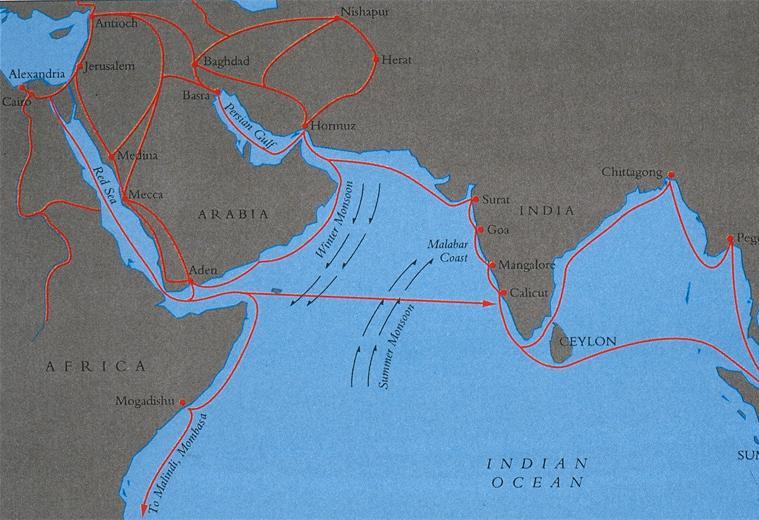Background and Scope of the Project

A growing body of literature within the social science disciplines has developed over the last few decades around the concept of “state failure”. Initially, the scholarship focused on the poor economic performance of certain states, highlighting their weaknesses in delivering efficient economic growth and fostering development. Performance indicators pointed to inadequate and poorly functioning institutional structures, and the limited ability of weak states to provide material and physical well-being to their citizenry. An emerging developmental discourse, fuelled by the enthusiasm of international organizations that embraced the notion of inherent but potentially “fixable” weaknesses, added weight to this body of scholarship. Aid and assistance programs were implemented on the basis of this idea of state weakness, and on the assumption that these internal “weaknesses” could somehow be mitigated through externally-supported and specifically targeted development initiatives. Bilateral and multilateral efforts were devoted to turning these weak states around, supposedly from the brink of failure, into healthy, viable entities.
These economically-based definitions of state weakness have been significantly challenged over the last couple of decades, as further scholarly efforts have considered them wanting for analytic purposes. More recent interest in state failure has emphasized an additional subset of issues regarding state capacity and state weakness, and broadened the discussion in different directions. Much greater attention has been drawn to deeper political conditions, such as a state’s legitimacy, its ability to penetrate society effectively, and its capacity to maintain both external and internal security. Weak states are no longer just those that face constraints in terms of resources and economic viability, but those which also feature incoherent, fragile, or dysfunctional political systems. Most of the weak states literature now focuses on a whole range of socio-economic and political fragilities which place pressure on the state to the point of internal conflict or perhaps its potential to entirely collapse.
Within this expanded definition of what construes a weak state, an increasing number of countries have appeared to be in the throes of failure, particularly in Africa, but also within the greater Middle East. The surge of interest in recent years in examining weak and dysfunctional states has been embedded within broader securitization discourse. From the perspective of international relations, fragile states are often considered a political “menace” to the rest of the world, threatening international security, spreading instability to their neighbors, and creating potential safe-havens for terrorists with global agendas. For those examining domestic politics, conflict, internecine agitation, and civil war are all a result of the weakness, failure, or collapse of the affected state.
In spite of the burgeoning scholarly and policy focus on studying weak states, there has been limited engagement in terms of challenging the validity of these nebulous and evolving concepts of weak, failed, and collapsed states. These definitions of fragile states are problematic and diverse, and there is a need for further focus and exploration on exactly what is meant by state strength and by state weakness. The terminology in itself has become politicized as a certain global discourse has developed around it, and the classification as a weak state often has a variety of negative implications for a state so designated. Weak states have less capacity to assert sovereignty in the international arena, and in fact have their sovereignty frequently tested in both economic and political terms. Further examination of the range of accepted “indicators” for the classification of failed and weak states is also needed.
Despite the expansive growth of state institutions and their penetrative reach into societies across the Middle East, recent events have exposed the inherent fragility across the region of what once appeared to be “strong” and overgrown states. While some of the states in the region (Yemen, Sudan) are regularly designated as weak or failed states by researchers and analysts, other states (Libya, Tunisia, Egypt) have seldom been considered so. Within the broader region some states exhibit continuing fragilities that have been exacerbated by recurrent shocks resulting from inadequate and incomplete processes of institutionalization (Pakistan, Lebanon, Sudan, and Yemen), foreign invasion and occupation (Iraq and Afghanistan), civil wars (Afghanistan, Iraq, Libya, and Lebanon), and popular, grassroots uprisings against repressive regimes (Tunisia, Egypt, and Bahrain).
CIRS’s research initiative on weak states in the Middle East begins with a critical analysis of current definitions and terminology of weak and fragile states, scrutinizing the political implications of the prevailing discourse within the setting of the broader Middle East. The research will also examine the domestic, regional, and global causes and consequences for the Middle East of the “fragility” of states stretching from Afghanistan and Pakistan in the east to Libya in the west. Employing multidisciplinary perspectives, we will study the causes and implications of conceptual notions of state fragility across the region in relation to areas such as politics and security, economics and natural resources, intra- and inter-state relations, migration and population movements, and the broader regional and global political economies.
Research Topics
Thematic areas
1. The Weak State Discourse and the Middle East 2. Fragile states in a globalized world 3. Endangering the hegemon: U.S. security in the Middle East4. Class formation and class struggle in the Middle East 5. Rebuilding weak states from abroad: diaspora communities and homeland development)6. Aid allocation and aid effectiveness in weak states
Case studies
7. Civil war and disintegration in Sudan 8. Informal and Parallel Economies in Afghanistan 9. Identity and cohesion in Pakistan 10. The durability of autocracies in fragile rentier states: the case of Libya 11. Hezbollah’s geopolitical strategy and stability in Lebanon 12. Urban politics and post-war reconstruction in Iraq 13. The threat of fragility: Yemen and regional security 14. Intervention in weak states: the role of Arab regional organizations 15. State formation in Yemen 16. Syria: strong state/ weak state? 17. Institution building in Palestine
Article by Zahra Babar, Assistant Director of Research at CIRS